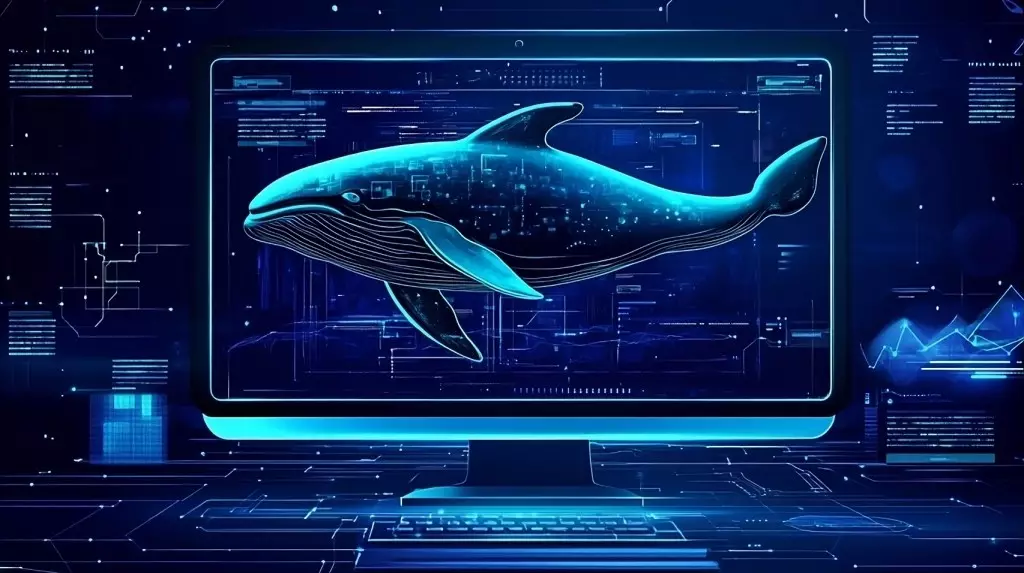The artificial intelligence landscape is at a pivotal junction. Recent advancements, particularly exemplified by DeepSeek’s innovative breakthroughs, signify a transformative departure from traditional AI paradigms. Achieving state-of-the-art performance without being heavily reliant on advanced hardware sets the stage for what many in the AI community regard as a “reasoning renaissance.” This shift goes beyond merely increasing computational power; it reflects an essential re-evaluation of how AI interacts with human users and the natural world.
The revelation that the future of AI does not hinge solely on brute computational force is particularly salient in the wake of last December’s NeurIPS conference, where discussions centered around reimagining AI systems took center stage. With pioneering models such as DeepSeek’s R1 and OpenAI’s o1 leading the charge, the focus is pivoting towards innovative methodologies that enhance performance and efficiency. This is underscored by former OpenAI chief scientist Ilya Sutskever’s assertion that “pretraining will end.” This perspective highlights an important truth: the value derived from advancements will not merely come from computational capabilities but rather from intelligent design informed by the constraints of available data.
DeepSeek’s accomplishments not only echo these insights but validate them. By producing models that perform comparably to their predecessors with far reduced costs, it becomes evident that the future of AI lies in innovation rather than mere escalation. As we explore this new territory, we can observe the rise of “world models,” AI systems designed to understand and interact with their environments analogous to human cognitive processing. By incorporating pauses and thoughtful reevaluations into their problem-solving routines, these systems embody a sort of AI enlightenment that heralds a new era of understanding.
This technological pivot is already manifesting in practical applications. A noteworthy example is Meta’s upgraded Ray-Ban smart glasses, which facilitate seamless and context-aware dialogues with AI assistants, eliminating the need for wake words and allowing for real-time translations. Such advancements are not limited to superficial enhancements; they indicate a profound evolution—showcasing how AI can improve human capabilities and interactions in a way that does not depend solely on extensive pre-trained models.
However, the monumental shift in AI development does not come without its consequences. The efficiency achieved through DeepSeek’s training methods raises a provocative concern underlined by Jevons Paradox. As models become easier and cheaper to train, this efficiency could paradoxically fuel greater resource consumption as multiple organizations might embark on deploying even more models. This challenge illustrates the complexity inherent in our quest for innovation.
Nevertheless, DeepSeek’s approach reins in these concerns by demonstrating that elite performance is attainable without the latest hardware. This approach fundamentally alters our model development strategy, steering it toward clever architectural designs rather than an endless pursuit of computational might. This testifies to a broader realization that the focus of AI should transition from mere resources to smart design principles, thus moving us away from the quandary posed by Jevons Paradox.
The implications of this shift demand an evolution in our understanding of AI architecture. Experts like Guy Van Den Broeck caution that while the field may not witness a decline in the costs associated with data-driven reasoning, the environmental implications of AI platforms remain considerable. Hence, a collective industry focus is necessary, one that drives toward developments that balance performance with ecological forethought—exactly what DeepSeek embodies.
Going forward, visionary figures such as Meta’s chief AI scientist Yann LeCun foresee future systems capable of deliberate, protracted cognitive processes akin to human thinking. DeepSeek’s R1 model, with its capacity to step back and reevaluate, represents a significant stride towards this ambition and can hold transformative implications across diverse domains, from environmental science to healthcare innovations.
However, as Carnegie Mellon’s Ameet Talwalkar wisely observes, we must remain skeptical of any claims regarding the certainty of technology trajectories. In this evolving landscape, enterprise leaders are urged to embrace strategies that prioritize a decentralized approach to model deployment—moving beyond monolithic models to chains of agile, specialized agents.
The evolution initiated by DeepSeek stands as a beacon illuminating a path beyond outdated paradigms centered on computational brawn. As we shift towards the era of “smarter is better,” we witness a flourishing landscape of creativity and potential. This moment not only invites innovation but also encourages a responsible approach to leveraging AI for the betterment of society and the environment. The future of artificial intelligence promises to be an exciting and fulfilling journey—one that allows us to reconcile human aspirations with technological advancements in a sustainable manner. It is truly our time to appreciate the art of AI once again, forging ahead with purpose and ingenuity.


Leave a Reply